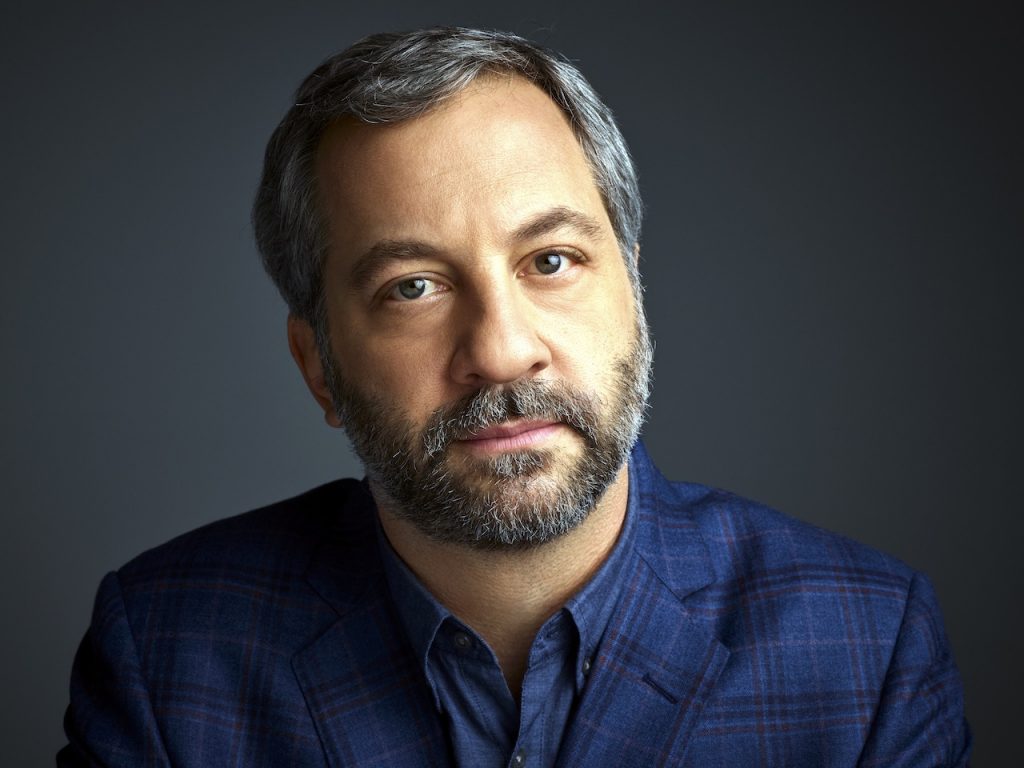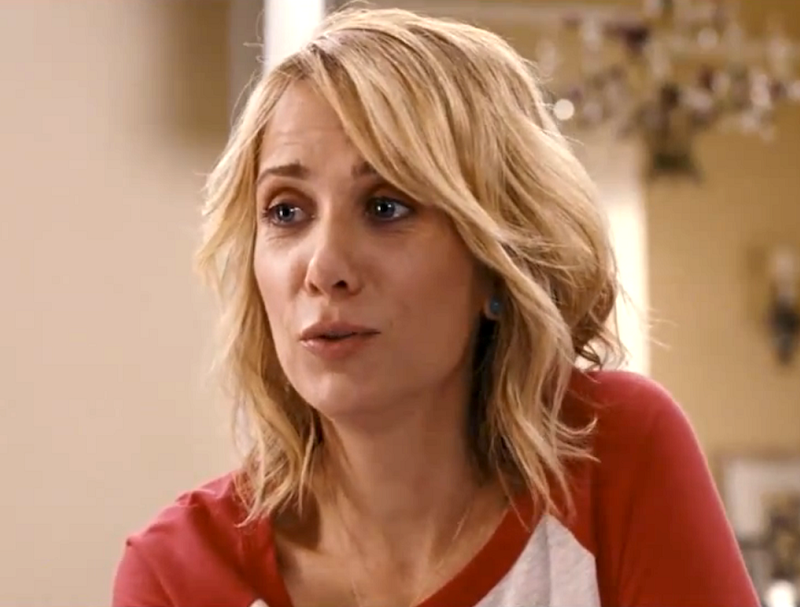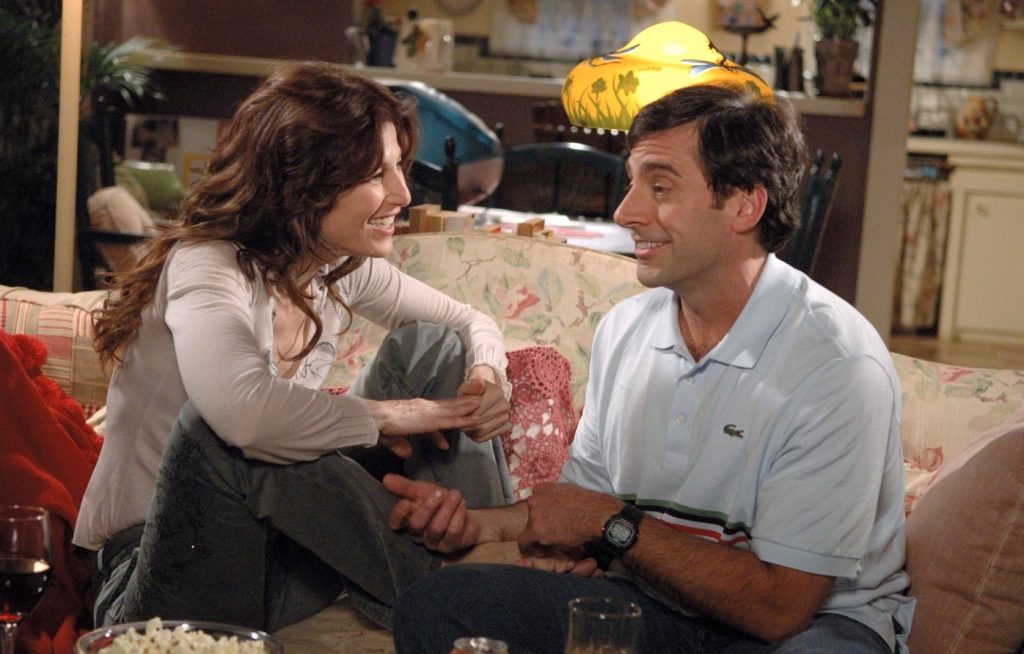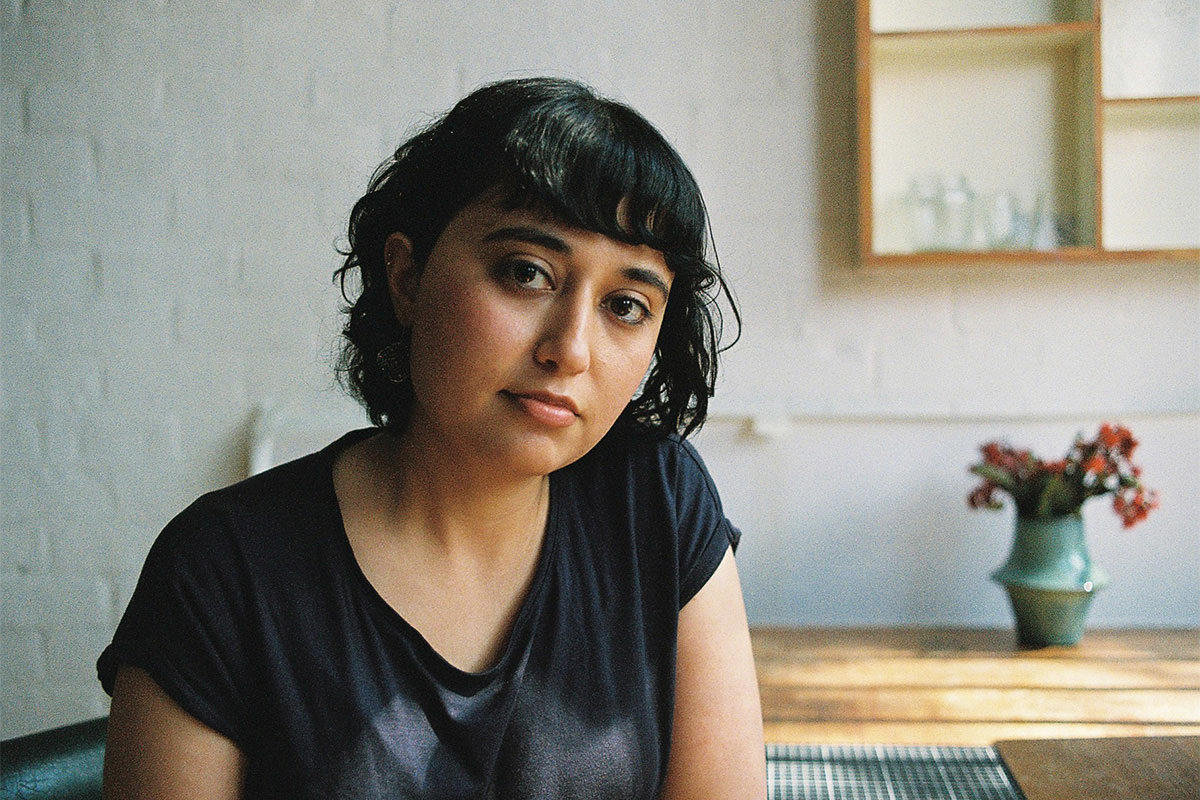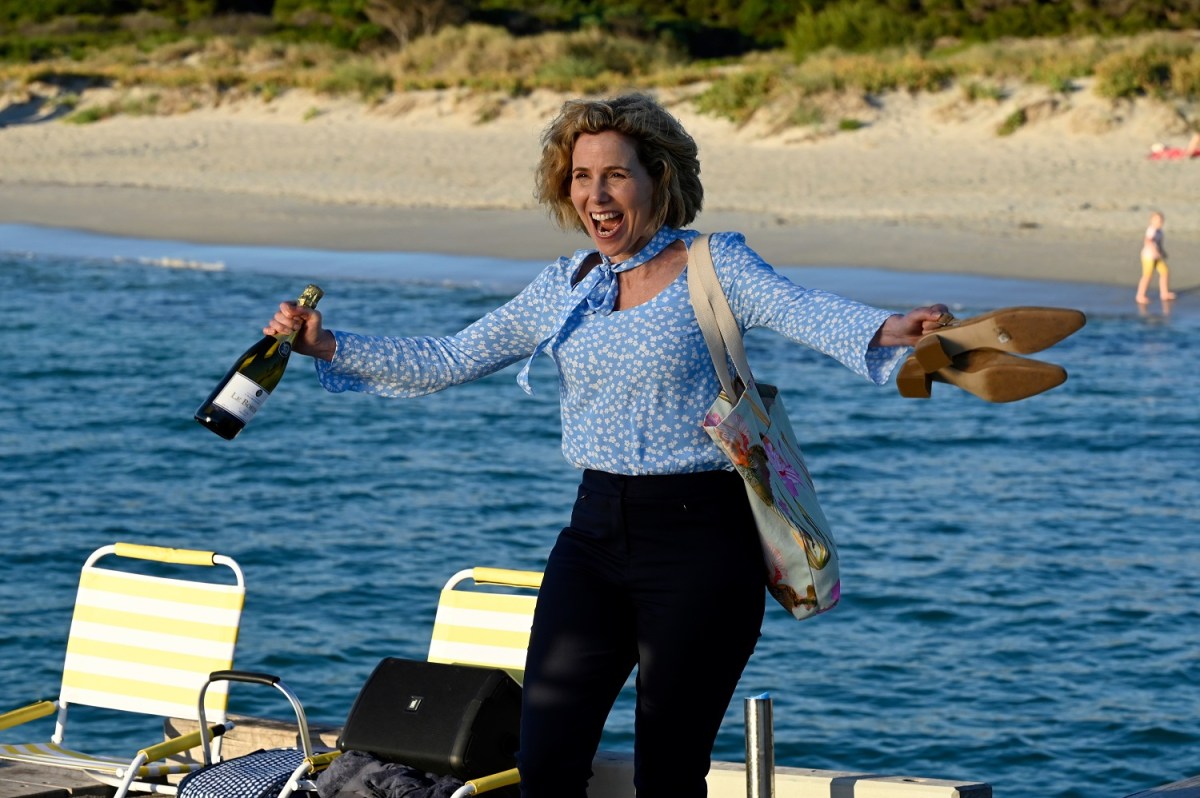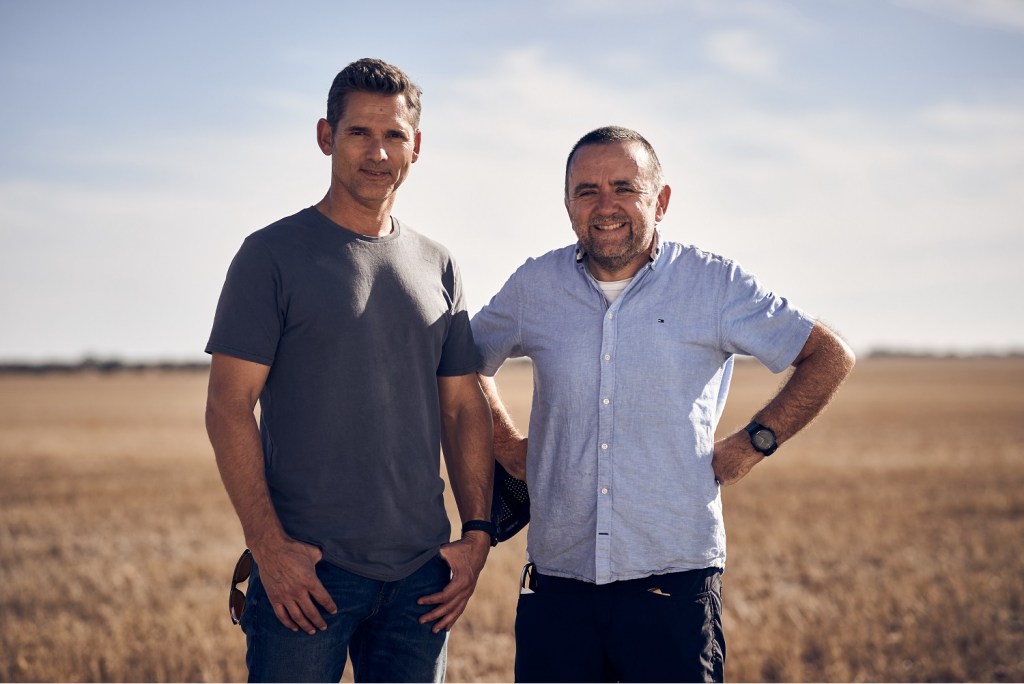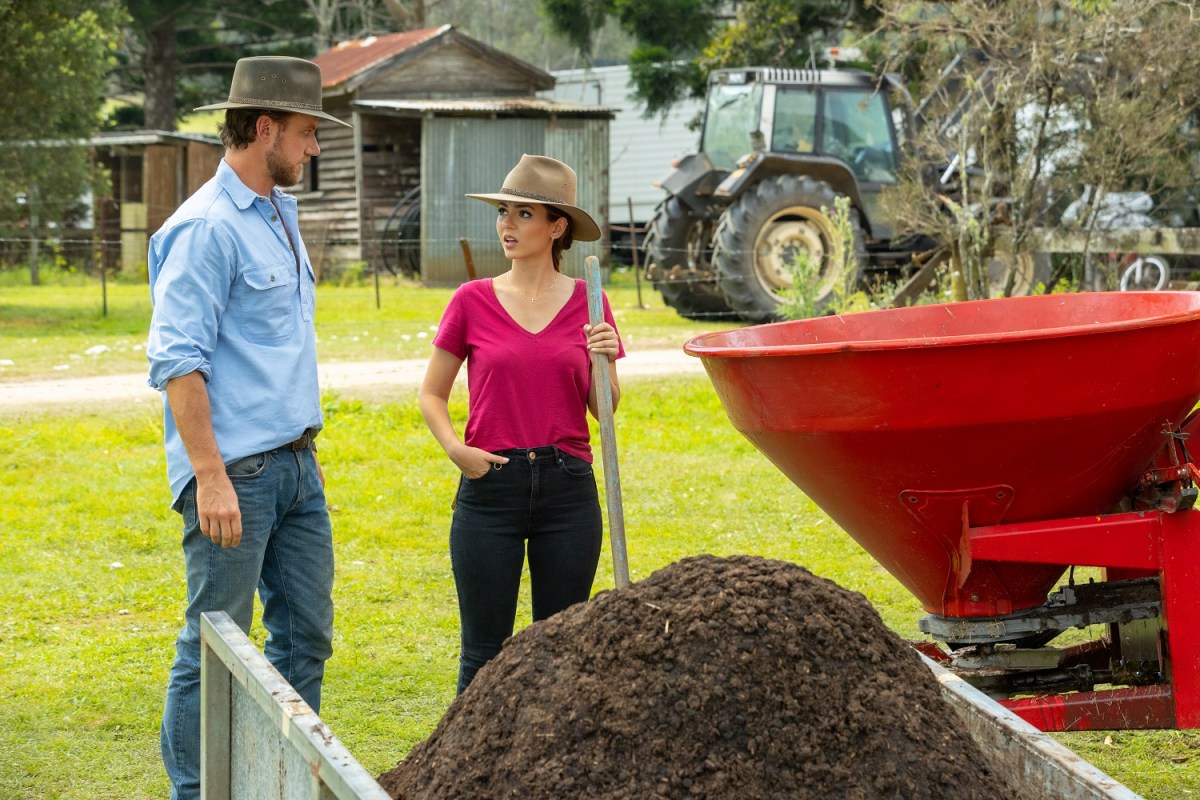- By Brock Swinson
- July 12, 2022
“It kind of grew out of Normal People,” said Lenny Abrahamson about his new series Conversations with Friends. Both stories come from Irish author Sally Rooney. “It seemed very obvious having gone through the adaptation in episodic form. We learned how best to work with Sally’s material and we all felt like Conversations should be a series.”
The series are listed as Normal People premiering in 2020 and Conversations with Friends premiering in 2022, but the process was a little more overlapping for the writer/director. “We were cranking up with breaking the episodes while Normal People was still not out in the world.”
“I’ve been attending to other things on the slate, but I’ve been in Sally Rooney’s world since starting on Normal People,” joked Abrahamson.
TV Series Not Films
For both stories, it would appear longevity is a major player in what makes the stories work. You need to see a long rise and fall of the relationships to truly understand the joy and turmoil. “Partially it is that,” said Abrahamson. “It’s the amount of screen time.”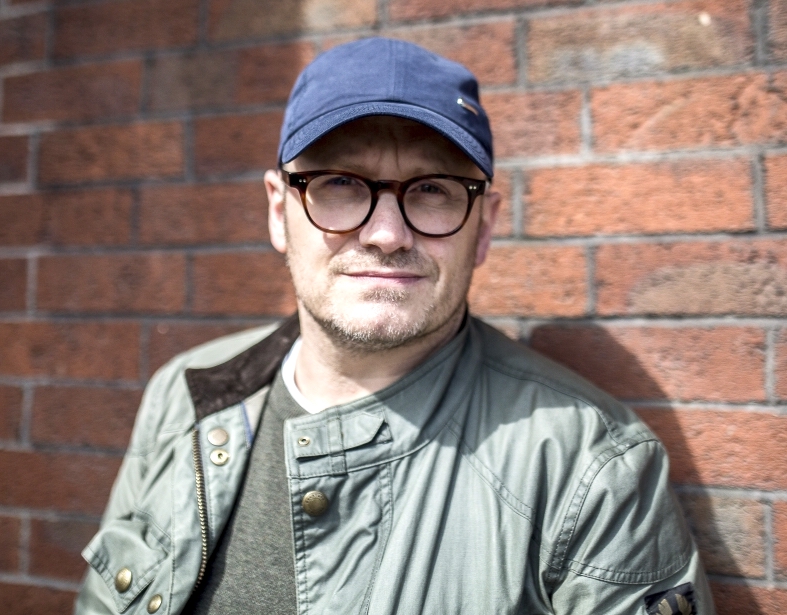
Lenny Abrahamson. Photo by Molly Keane
“But, with Sally’s work, it also benefits from a quiet, close look. You need to draw people into the characters]and the details of their experiences. You need to have them pay close attention to the small changes and shifts going on in their lives.”
This feels like a luxury given today’s instant gratification audiences, but Abrahamson has earned some patience delivering projects like Room, Frank, and Normal People. “If you try to impose the stronger, more extreme arc of a feature film — the single rise of a traditional story — it doesn’t work for what is really an accumulative, slow build.”
“I think the short episodes mean they don’t feel like traditional TV drama with the plot and B-story. It’s not a traditional TV hour,” he said of the latest series. “You can work in a movie style but these short, intense bursts of story over 25 minutes allows you to be pure in this filmmaking style, but it doesn’t impose the feature length demand for a crescendo.”
In Conversations with Friends, the team had some difficulty building the episodes. “You’re juggling and trying to keep those balls in the air. You have this dynamic of Frances and Nick that changes everybody and pushes the story, but if you’re not careful, you lose the focus on Bobbi and Frances.”
With these two adjacent paths, the writers had to spend time moving back and forth, then re-examining lines from the book to make it all work on the screen. “We had to expand those short references into scenes so each episode had its own point, but also leaves you with something strong. But if you compress too much, you lose detail and the breath [the episode] needs.”
The Normal People Style
Abrahamson developed a very specific style with Normal People, which he wanted to push even further for Conversations with Friends. Some critics have described the style as “the intimate camera” which is needed for the intimate journey of the characters.
“We wanted to push that further. So if anything, it does make some strong demands of the audience, unless you lean in and let yourself be drawn into the characters, then that’s when it works.” He continued, “But if you just sort of tuning in and hoping for an easy ride through, then it’s not as satisfying I think. And I like that. It’s good to push yourself and challenge the audience.”
In many ways, this also helps with re-watchability as there’s always more to catch on a second viewing. “It is interesting. I think this style of work does pay to rewatch. I think there is a lot of stuff happening that you may enjoy in a different way or see in a rewatch. I never make something with that in mind, but I hope everything I make does pay re-watching because that’s a sign that there’s depth and density.”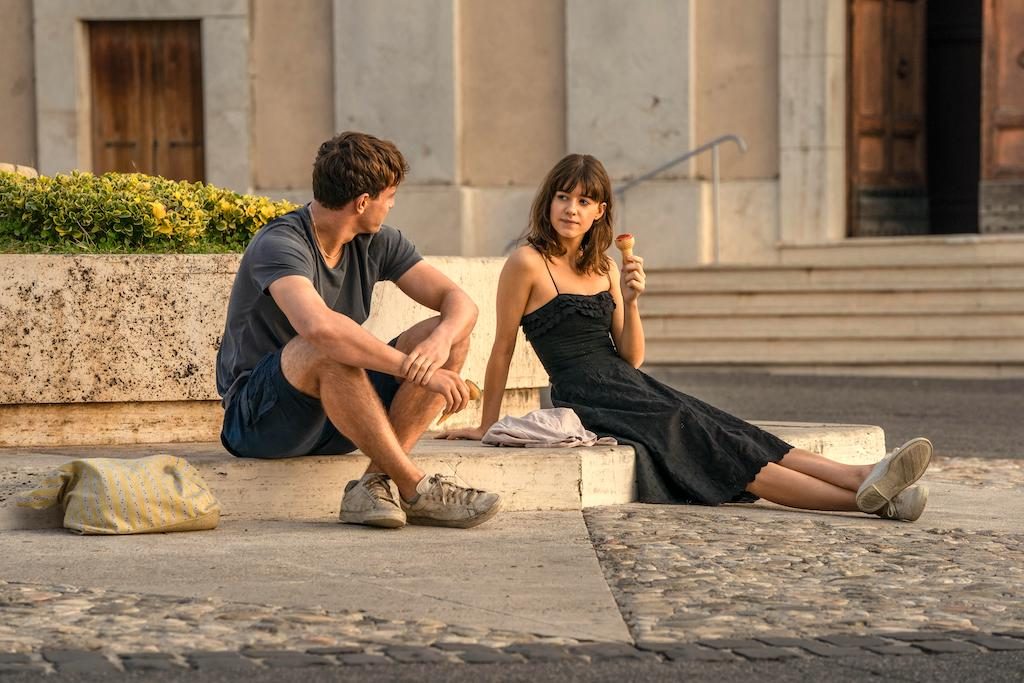
Connell (Paul Mescal) & Marianne’s (Daisy Edgar-Jones) Photo by (Photo by Enda Bowe/Hulu
All of this comes back to the novels. Abrahamson read Conversations with Friends as a fan, but didn’t see either as a series until he read Normal People. “For me, if I see pictures when I’m reading, if I can feel a tonal territory visually and in terms of screen storytelling, that’s the thing. I felt it quickly with Normal People. I think it has to do with the simplicity of her writing. There’s little in the way of literal pretension or purple prose.”
The writer/director added, “She writes in a very direct way, but she does bring you deeply into contact with the characters. I think the chimes with how I make films. I like my structure and scaffolding to be hidden and to just seem like you’re with people and hard to analyze or reverse engineer.”
Fully Developed Characters
Another aspect somewhat unique to these stories is that even though all of the characters are relatively young, they appear to be fully developed. This is quite different from many American teen soap opera narratives. “A lot of TV and movie depictions of people in their lives… it’s either soapy or dystopian or provocative,” joked Abrahamson. “Partially around young people sexuality. It’s intensely shocking and designed to be around dysfunction, where intimacy is a problem.”
In some ways, this is valid, as emotions can be heightened with young loves, but Abrahamson gives the author credit for being “unsentimental” while still “giving a portrait of the joy and healthfulness of love, intimacy, sex, conversation, and friendship.” These transformative years help make these stories work.
While working on the adaptation, he said it’s interesting that once you start to adapt, you see the new story in one light and start to forget aspects of the adaptation that didn’t transfer. “I’m re-reading the book and realizing we changed a lot. I didn’t think we had.”
“There are aspects we didn’t put in or aspects we had to embellish. Even things like the character of Melissa. She was an essayist, but she’s a writer now. There’s a bunch of story mechanics we didn’t use from the novel. That’s probably my own dislike of movies where the main character is a photographer where you end up with endless actors doing sexy clicking,” he joked.
“But I actually think, overall, the changes are small and everywhere. The emphases shift, but there’s not a massive part of the story we didn’t use.” Other parts were merely too internal to make it to the screen.
“I don’t believe in a formula for screenplays — those Syd Field books. I think that’s reductive, but the idea of what holds you, what moves you from one moment to the next, I think that’s been clarified for me by working on [adaptations] and that material that doesn’t have that pure shape. You find it on the screen.”
Writing Bad Screenplays
To elaborate on the idea of “sexy clicking,” Abrahamson said he avoids “sexy jobs” and other tropes in screenplays. “The other one is a Marine Biologist. Thrillers always have that. There’s a shorthand. It’s adjacent to real life, but it’s not [real life]. Just like everybody is way too attractive and apartments look great. I’m tough on scripts.”
“I’ve never done something that just came through the door,” he said about scripts arriving on his desk. “Partially because I like to be involved in the conception and execution right from the beginning, but also because I’m very critical of scripts. Part of this is because a lot of scripts are designed to be read by people who might fund them. That means, for very good reason, writers fill the pages with descriptions and color, to make the read vivid. As a Director, that irritates me. Shooting scripts for me are bare.“
This means the bulk of screenplays irritate Abrahamson. “Part of it is also the way people are educated to write screenplays. You’ll find the name of a character and then open brackets and five adjectives of who they really are. Then I think, ‘Well, I don’t need to investigate this.’ I’m interested in characters where there’s an impenetrability, where you don’t really understand them.”
“I don’t want to see 1. Here’s the person, 2. Here’s the problem. That’s now how life presents itself. Most people experience things as a slightly foggy vista where they don’t know where they’re going and they don’t know where they want to go. That’s more interesting to me.”
In some ways, Abrahamson wishes there were two drafts of the screenplay: one for the investors and one for the director. “In Joanna Hogg’s The Souvenir, I absolutely believed the characters, but I couldn’t reduce them to a… beaten down cop who finds himself in a dead end job when X happens.”
For those trying to break into the industry today, Abrahamson advises you to “start doing what you want to end up doing.” He clarified, “It’s hard to push through the studio system if your aim is to go somewhere else. The people who make the best studio movies are people who love studio movies. But if you want to make something more independent, you have to start by doing that.”
This interview has been condensed. Listen to the full audio version here (and learn more about Normal People in our first conversation here).
